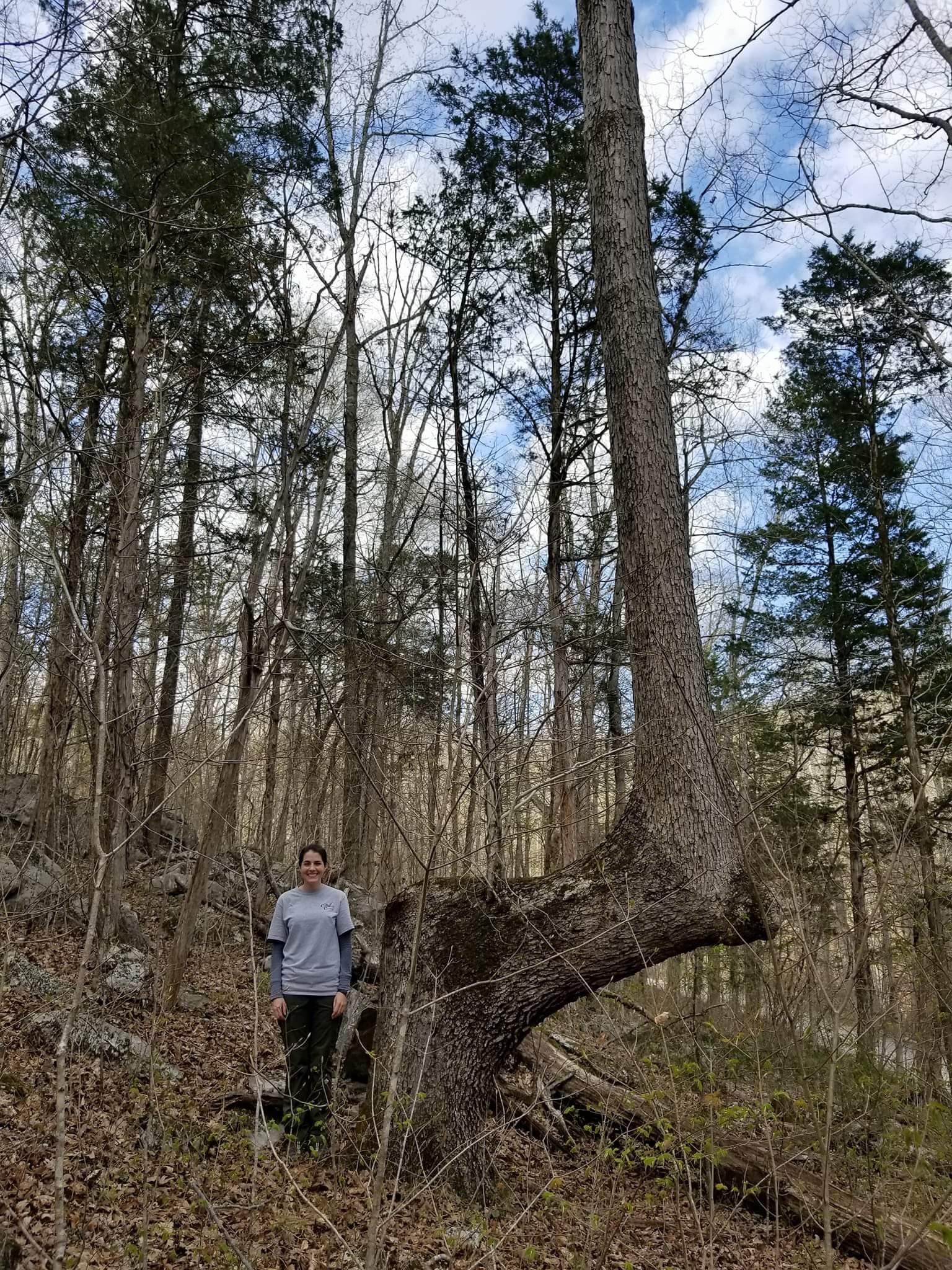Arbor Day is celebrated each year on April 26. This year, we wanted to take this opportunity to give you another reason, one you may not be aware of, to appreciate trees a little bit more.
There’s not much that sparks interest in Tennessee like Native American tradition and folklore and Cardwell Mountain is rich in both. Part of the Trail of Tears route, Warren County has always held many artifacts, arrowheads, mounds, and legends. Mostly inhabited by the Cherokee, their people would have found this region abundant for hunting, growing crops, and freshwater sources. But, how would they locate these areas? One way was by using trees as trail markers.
Trail Marker Trees are trees that have been cut and manipulated as a sapling in order to grow and lead the way to sources of water, trails, and areas of significant importance to the Native Americans at the time. Hardwood trees were always used as marker trees and oak, maple or elm was typically the wood of choice. Using hardwoods ensured the tree would be sturdy enough to grow without breaking easily.
Not only did Native Americans use these trees as guidance but early settlers also followed their path to those same valuable resources. Trail Marker Trees are considered America’s first highway signs and were crucial for navigation and survival in the dense forests.
How can you tell a Trail Marker Tree from a naturally misshapen tree? One way is a bend located several feet off the ground that can be seen from a distance. Another is the age of the tree and what it is pointing to. The trail marker tree at Cumberland Caverns (an oak) points to a stream and trail only a hundred yards to the right with flint scattered all along the way.
Cardwell Mountain contains lots of possible Trail Marker Trees but this is the only one easily visible on the path to the cave. The next time you are out hiking and you see a misshapen tree, look what it is pointing to and know you are witnessing a piece of living history.




